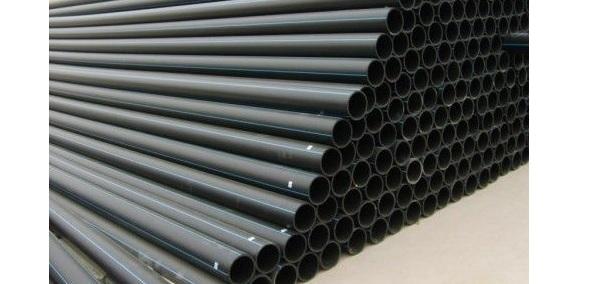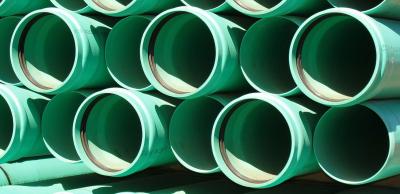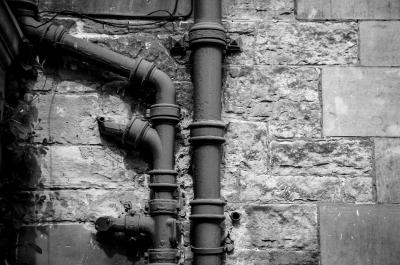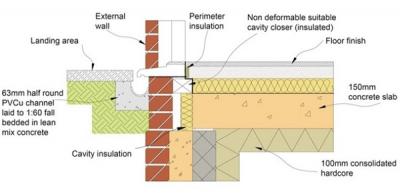How to get it right: Drainage
Inadequate falls in underground pipework are one of the main causes of failures that lead to a warranty claim. LABC Warranty claims history suggests the main problem is the use of 100mm polyethylene pipes.
Approved Document H of the Building Regulations states the minimum permissible fall for 100mm pipework is 1:80, provided there are flow rates of 6.3 litres per second. However, achieving a constant gradient of 1:80 with 100mm pipes is very difficult.
Six metre-long plastic pipes are particularly likely to give you this headache as their length means they can easily bend during long-term storage. In fact, it’s not uncommon to have an acceptable fall on one end of laid pipework and a back-fall on the other end.
Read some more "How to get it right" articles
Get drainage right by...
- Ensuring an engineer has calculated adequate falls to accommodate 100mm pipes
- Discussing the available falls for pipework with the site manager at the initial site visit when completing the initial risk assessment
- Insisting on the use of 150mm diameter pipes if falls are suspect (1:150 achievable with 150mm pipes)
- Checking falls that appear suspect with a 1200mm spirit level
- Ensuring a suitably qualified person sets the invert levels of the inspection chambers between runs of pipework on the basis of the falls available
- Ensuring pipes used are straight and not bowed excessively (particularly 6m long plastic pipes)
- Using a taught line or laser between inspection chambers to ensure a constant gradient
- Using adequate granular material to bed pipes on so that levels can be adjusted easily
- Using suitably trained operatives to lay the pipes.
For more information, see Chapter 5 of the LABC Warranty Technical Manual.
Please Note: Every care was taken to ensure the information was correct at the time of publication. Any written guidance provided does not replace the user’s professional judgement. It is the responsibility of the dutyholder or person carrying out the work to ensure compliance with relevant building regulations or applicable technical standards.
This article was updated on 24 November 2022
Sign up to the building bulletin newsletter
Over 48,000 construction professionals have already signed up for the LABC Building Bulletin.
Join them and receive useful tips, practical technical information and industry news by email once every 6 weeks.
Subscribe to the Building Bulletin




Comments
replacement of manhole
Submitted 4 years 1 month ago
Cluster requirements
Submitted 1 year 5 months ago
LABC Response
Submitted 1 year 4 months ago
The minimum gradient for a drain is based upon several factors including what the drain is conveying, the drain diameter, the material used to form the pipe and site-specific circumstances. Therefore, we are unable to provide an answer to your enquiry. We recommend you speak to your designer or contractor.
Best,
LABC Team
Rainwater drainage
Submitted 1 year ago
LABC Response
Submitted 10 months 2 weeks ago
Best,
LABC Team
Add new comment